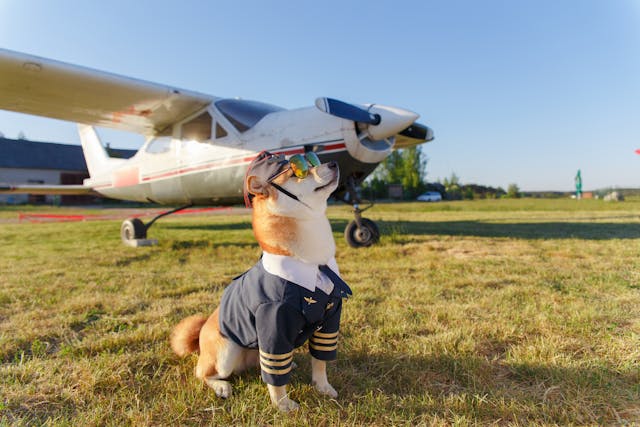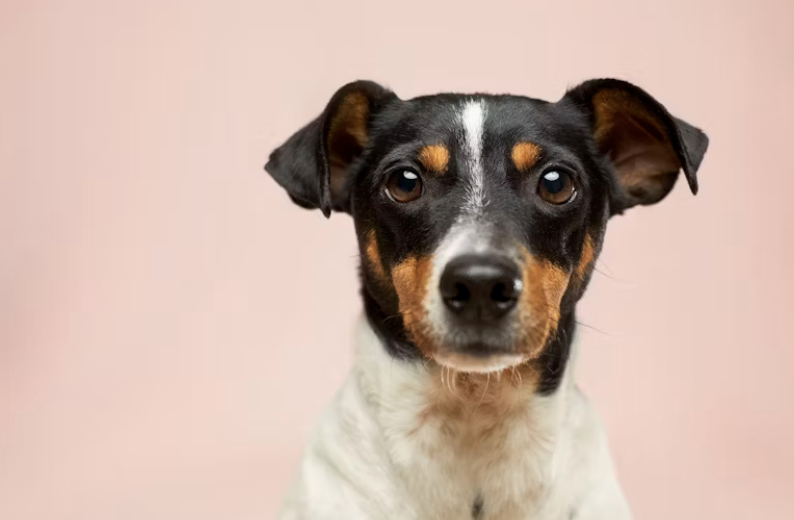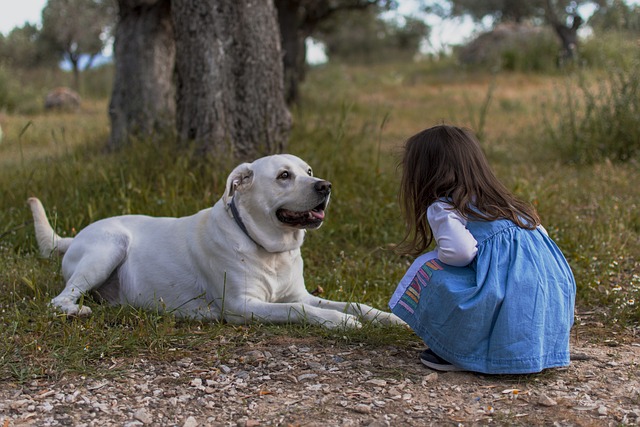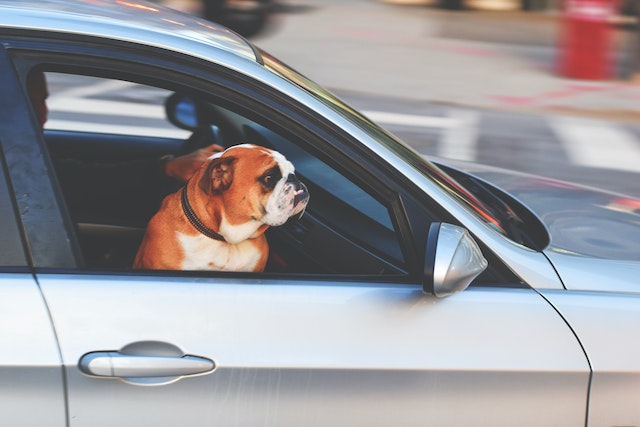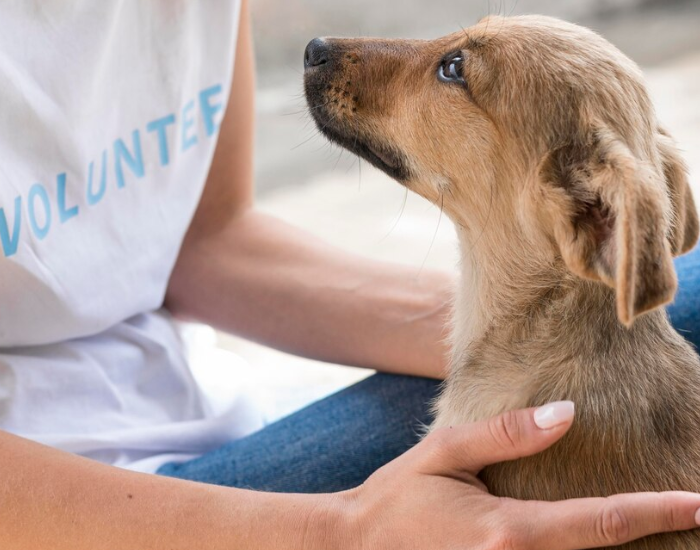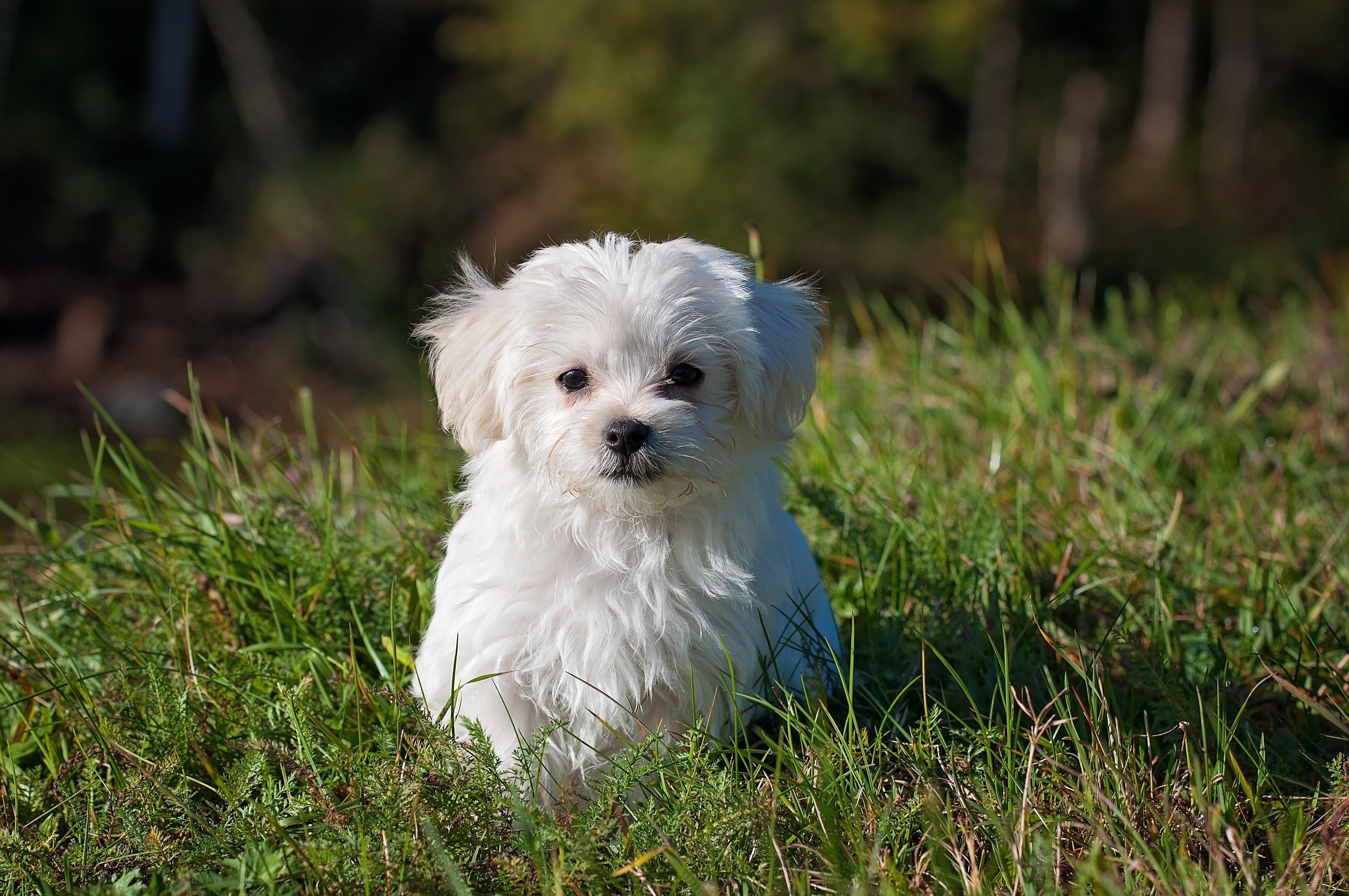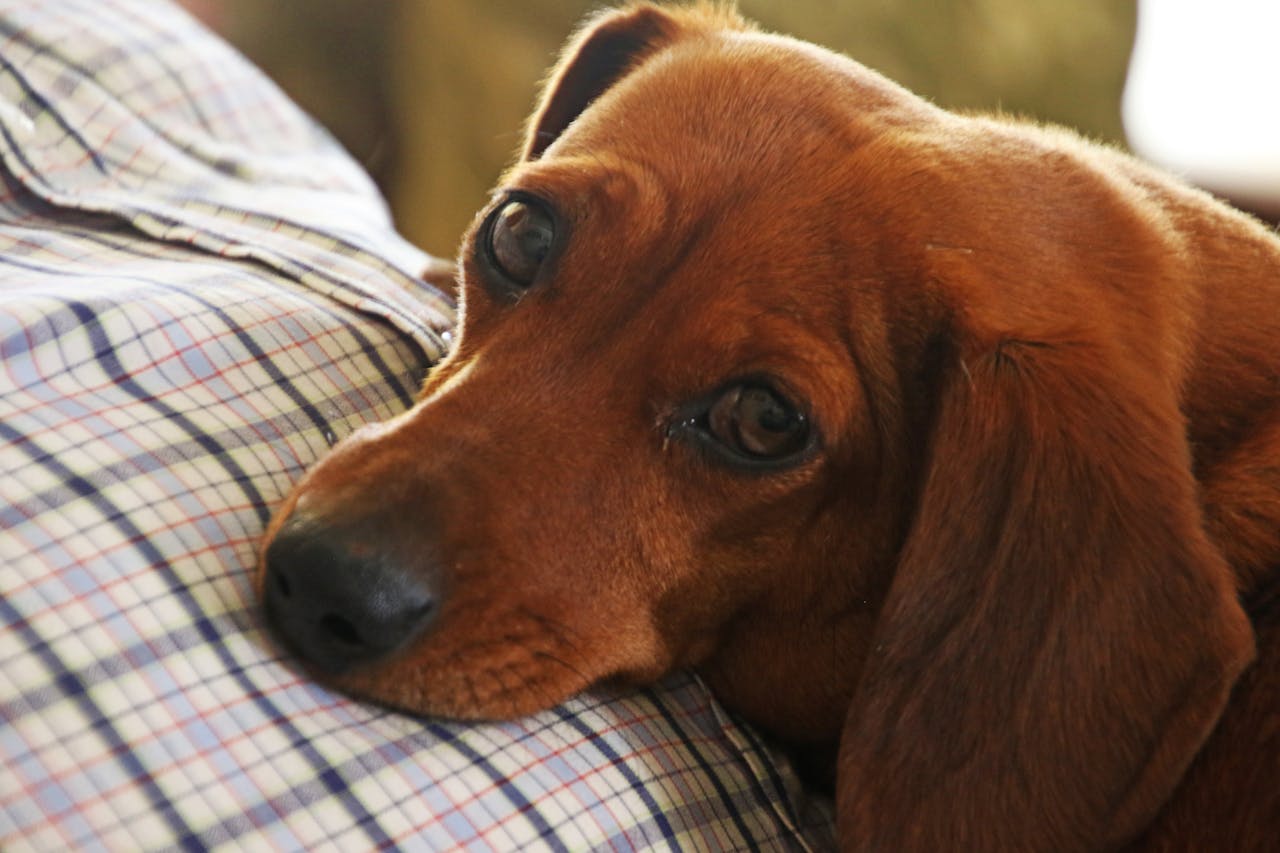- Introduction
- Step 1: Understand Airline Rules & Regulations
- Step 2: Book a Pet-Friendly Flight
- Step 3: Prepare the Necessary Paperwork
- Step 4: Train Your Dog for Air Travel
- Step 5: Packing Essentials for Your Dog
- Step 6: What to Expect on Travel Day
- Step 7: Boarding & In-Flight Tips
- Step 8: Arriving at Your Destination
- Conclusion
Introduction
Flying with a dog for the first time can be an exciting yet nerve-wracking experience. Whether you’re relocating, going on vacation, or simply traveling with your service dog, preparation is key to ensuring a smooth journey. Airlines have different pet policies, and it’s important to know what to expect before booking your flight. This guide provides a step-by-step breakdown of how to fly with a dog for the first time, covering airline regulations, packing essentials, training tips, and in-flight care.
Step 1: Understand Airline Rules & Regulations
Cabin vs. Cargo Travel
The first thing you need to determine is whether your dog will fly in the cabin with you or in the cargo hold. Different airlines have different pet policies, but here’s a general breakdown:
- Cabin Travel: Most airlines allow small dogs (usually under 20 lbs) to fly in the cabin if they fit in an airline-approved pet carrier under the seat. The pet must remain inside the carrier at all times, and some airlines have strict size and weight limits. Additionally, there may be restrictions on the number of pets allowed per flight, so booking early is recommended. You may find out the best airlines to fly with dogs here.
- Cargo Travel: Larger dogs that exceed the cabin size limit must fly in the cargo hold in a ventilated pet crate. Airlines follow strict guidelines for pet safety in cargo, including temperature restrictions to prevent extreme heat or cold from affecting the animals. Cargo travel can be stressful for dogs, so it is essential to ensure their crate is well-ventilated and familiar to them before the trip.
- Breed Restrictions: Brachycephalic (short-nosed) breeds like Pugs, Bulldogs, and Boxers may have restrictions due to their increased risk of breathing issues in cargo travel. Some airlines have banned these breeds from cargo travel entirely, while others require additional paperwork and health certificates.
Service Dogs vs. Pet Dogs
- Service dogs: Service dogs, including psychiatric service dogs, have legal protections under disability laws and are allowed to fly in the cabin free of charge. Airlines may require advance notice and documentation, such as a service dog identification form or health certificate. These dogs must be trained to behave in public spaces and should remain under the owner’s control at all times.
- Pet dogs: If your dog is a pet and not a certified service animal, you must adhere to standard airline pet policies, which include size restrictions, carrier requirements, and pet travel fees. Pet dogs are not allowed to sit in the passenger’s lap during the flight.
International vs. Domestic Travel
- Domestic flights: If traveling within your home country, the requirements are generally more relaxed. However, airlines still require proof of vaccinations and a fit-to-fly health certificate from a veterinarian issued within a specific time frame before travel (usually 10 days).
- International flights: Different countries have varying regulations regarding pet travel. Some countries require microchipping, rabies vaccinations, and even quarantine upon arrival. Researching the destination’s pet import laws well in advance is critical to avoid unexpected delays or denied entry.
Step 2: Book a Pet-Friendly Flight
Choosing the Right Airline
Some airlines are more pet-friendly than others. Research their policies before booking. Airlines that allow pets in the cabin include:
- Delta Airlines: Allows small dogs in the cabin for an additional fee. Cargo travel is available with seasonal restrictions.
- United Airlines: Offers the PetSafe program for larger dogs traveling in cargo and allows small pets in the cabin.
- American Airlines: Permits small pets in the cabin but has restrictions for cargo travel.
- British Airways (International flights): Requires pets to travel in cargo unless they are service animals.
Making Reservations for Your Dog
- Contact the airline in advance to confirm space for your dog, as some flights have a limited number of pet slots available.
- Book direct flights whenever possible to avoid long layovers, missed connections, and added stress on your dog.
- Check if the airline requires specific pet travel documentation or advanced notice for service animals.
Best Flight Options
- Opt for early morning or late-night flights to avoid peak travel crowds and ensure a calmer travel experience for your dog.
- Choose a window seat to minimize disturbances and provide your dog with a stable, quiet space.
- Avoid peak travel seasons such as holidays when airports and flights are busier and more stressful for pets.
Step 3: Prepare the Necessary Paperwork
Flying with a dog requires proper documentation to ensure compliance with airline policies and international travel regulations. Failing to present the required paperwork can lead to denied boarding or quarantine upon arrival.
Health Certificates & Vaccinations
- Vet-Issued Health Certificate: Most airlines require a certificate of good health from a licensed veterinarian issued within 10 days of travel. This document confirms that your dog is fit to fly and free from contagious diseases.
- Vaccination Records:Airlines and destination countries often require proof of vaccinations. Common required vaccinations include:
- Rabies: Mandatory for both domestic and international travel.
- Distemper: Protects against a highly contagious viral disease.
- Parvovirus: A core vaccine that helps prevent serious illness.
- Bordetella: Some airlines require it to prevent kennel cough, especially if dogs are traveling in cargo.
Microchip & Identification
- Microchip Requirement: Some international destinations (such as the EU, UK, and Australia) require dogs to be microchipped for identification purposes.
- ID Tags: Ensure your dog wears a collar with an updated ID tag, including your name, phone number, and address.
- Copies of Medical Records: Carry digital and printed copies of your dog’s medical records in case of emergencies or unexpected vet visits.
Service Dog Documentation (If Applicable)
- Some airlines require service dog documentation, including:
- A letter from a licensed healthcare provider stating that the dog is necessary for your well-being.
- A behavioral assessment or certification showing that the dog is trained to behave in public settings.
- Airlines like American Airlines and Delta may require you to submit these forms 48 hours before departure.
Step 4: Train Your Dog for Air Travel
Training your dog for air travel is crucial to ensure a comfortable experience for both of you. Preparation should begin at least a month before the flight to allow time for acclimatization.
Crate Training (for Cargo Travel)
If your dog is traveling in cargo, they will be confined to a crate for the duration of the flight. To minimize stress:
- Choose an airline-approved travel crate that allows your dog to stand, turn, and lie down comfortably.
- Introduce the crate early by placing treats, toys, and blankets inside to make it a familiar and comfortable space.
- Practice leaving your dog in the crate for increasing periods each day leading up to the flight.
Socialization & Airport Exposure
The airport environment can be overwhelming, with loud noises, crowds, and security checkpoints. Help your dog adjust by:
- Taking them to busy public places to get used to different sounds and smells.
- Practicing short car rides to mimic travel conditions.
- Exposing them to airport-like experiences by walking through crowded areas, using escalators, and going through security-like checkpoints.
Behavioral Training for Calmness
Teaching your dog to remain calm in different environments is essential:
- Train commands like “sit,” “stay,” “quiet,” and “settle”.
- Reward calm behavior with treats and positive reinforcement.
- Avoid rewarding anxious behavior (e.g., excessive barking or whining).
Step 5: Packing Essentials for Your Dog
Packing properly ensures that your dog has everything they need for a safe and comfortable journey.
Must-Have Travel Gear
- Airline-approved pet carrier (for in-cabin travel)
- Collapsible water and food bowls
- Leak-proof pee pads for in-flight accidents
- Comfort items (a favorite blanket or toy to reduce anxiety)
- Pet-safe wipes for quick cleanups
- Portable cooling mat (for warm-weather travel)
Emergency Kit for Dogs
- Basic first-aid kit (bandages, antiseptic wipes, tweezers, and a thermometer)
- Extra leash and harness (in case one gets lost)
- Medications (with a doctor’s note for any prescriptions)
- Copies of all documents and ID
Step 6: What to Expect on Travel Day
Travel day can be stressful, but following a plan can help ensure a smooth process.
Arriving at the Airport Early
- Arrive 2-3 hours before domestic flights and 3-4 hours before international flights.
- Allow extra time for pet check-in and security screening.
- Give your dog exercise before leaving for the airport to help them relax.
Going Through TSA & Security Screening
- At security checkpoints, dogs must be removed from their carrier.
- Walk them through the metal detector while their carrier is scanned.
- TSA agents may conduct a hand-swab or pat-down to ensure your pet is not carrying prohibited items.
Waiting at the Gate
- Locate a pet relief area if available.
- Keep your dog in their carrier (if required) but offer water and a small snack.
- Monitor your dog’s body language for signs of stress and provide reassurance.
Step 7: Boarding & In-Flight Tips
Once on board, keeping your dog comfortable and calm is essential.
Keeping Your Dog Calm During Takeoff
- Offer a chew toy to help relieve ear pressure.
- Speak softly and reassure your dog to help them stay calm.
- If allowed, pet your dog gently to provide comfort.
Monitoring Your Dog During the Flight
- Hydration is key: Offer small amounts of water throughout the flight.
- Keep the carrier closed and avoid excessive movement.
- Avoid feeding your dog large meals before or during the flight to prevent motion sickness.
How to Handle Unexpected Situations
- If your dog barks: Use calming commands and distract them with a toy.
- If there is turbulence: Secure the carrier under the seat and reassure your dog.
- If your dog needs to relieve itself: Use a pee pad in the airplane restroom if permitted.
Step 8: Arriving at Your Destination
- If your dog flew cargo, go directly to the pet pickup area.
- Check your dog’s physical condition and behavior for any signs of stress.
Adjusting to a New Environment
- Give your dog time to explore and acclimate to their new surroundings.
- Maintain a consistent feeding and walking routine to reduce stress.
- Offer positive reinforcement when they settle in calmly.
Emergency Contacts & Local Vets
- Research nearby veterinarians in case of health issues.
- Have a list of pet-friendly accommodations if staying in hotels.
- Ensure you have emergency contacts for pet services at your destination.
Conclusion
Flying with a dog for the first time doesn’t have to be stressful. By understanding airline policies, training your dog, and preparing essential documents, you can ensure a smooth and safe journey. Whether you’re traveling with a service dog or a pet, planning ahead is key to making your flight a positive experience for both you and your furry friend.





